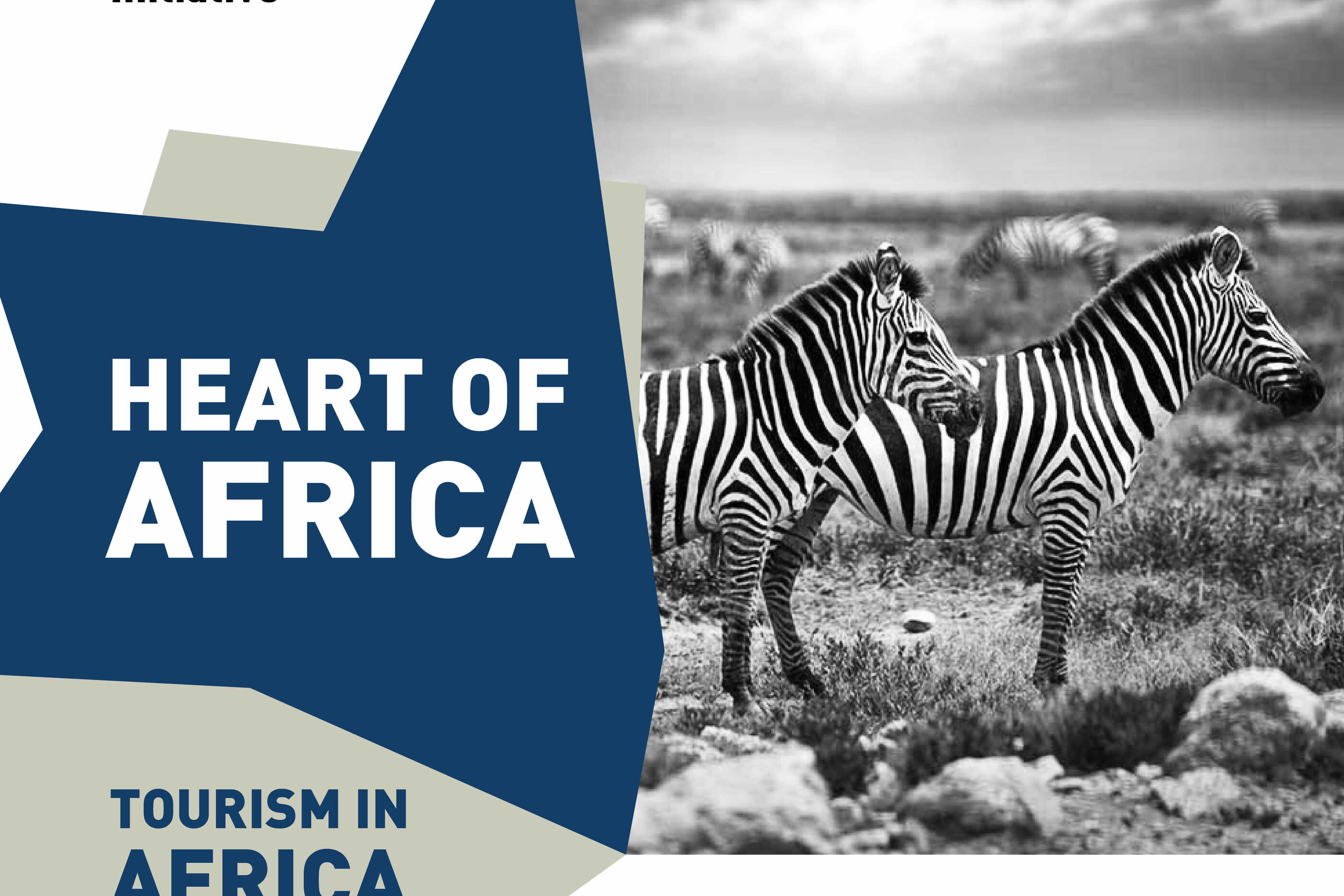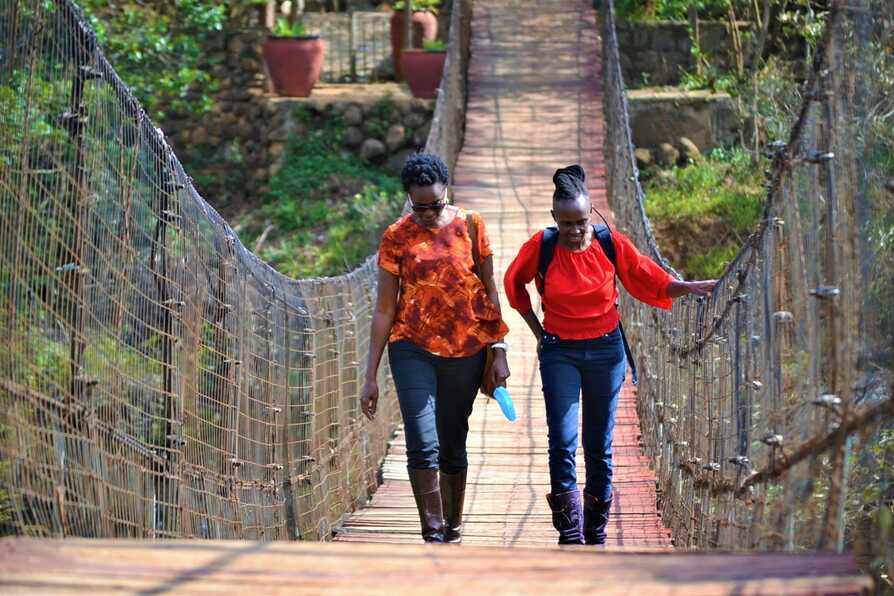Jambo Kenya!
So far in 2020, Kenya has lost KES 80 billion (around EUR 626 million), which represents half of last year´s total tourism revenue. For the two million Kenyans working in this industry – which comprises 10% of national economic output - the coronavirus pandemic has caused unprecedented trauma.
“Of the 27 hotels in operation in our county, only five were able to remain open during the pandemic“ explains Mr. Jacob Tanui of the Central Executive Committee in the Department of Trade Invesment & Industrialization of Nandi County, Western Kenya, “The pandemic really had a devastating effect on the tourism industry. Indebted employers are up against their own employees in court due to non-payed wages, entrepreneurs do not have the liquidity to pay their suppliers and landlords keep claiming for unpaid rent. Everyone is affected, from the biggest of players to the smallest of bead-makers who source their livelihoods from tourism.”
The problems seem to reach beyond those working directly in the tourism industry. For wildlife conservations, for example, where 80 to 90% of management costs are covered by income from tourism, the situation is dire. 30 years of continuous effort are now under threat as these primary mechanisms for securing wildlife space and connecting habitats, that cover 11% of Kenya´s territory, are denied their primary source of funding. (Kenya Wildlife Conservancies Association)
“Besides this natural wealth, the Rift Valley is also the location for training camps for international athletes,“ says Mr. William Kimonosop, the North Rift Tourism Coordinator based near the city of Eldoret, “With the travel restrictions and the drop in tourism, these camps have had to close down alongside most small shops and entertainment services in the area.”
In a bid to avoid the collapse of this essential industry, the Kenyan Ministry of Tourism had announced as early as March that KES 500 million (almost EUR 4 million) would be made available to restore destination confidence and support the post-pandemic recovery strategy. (Nation)
As the government gears up to fight the negative consequences of the pandemic, are we now able to see the light at the end of the tunnel for tourism in Kenya? Is there something good that can come out of this situation?
“Ordinary Kenyans are now increasingly exploring and discovering their own cultural heritage and environment“ Mr. Kimonosop says “for the first time, thousands have travelled to observe the wildebeest migrations”.
“During the pandemic, health and safety protocols have been made and this will increase our competency level as a destination and as a country” adds Susan M. Ongalo, the Chief Executive Officer of the Kenyan Tourism Federation. “The Ministry of Tourism is in the process of reviewing the tourism policy to operate within the new normal. The National Convention Bureau, which is the anchor of Meetings Incentives Conference Expo (MICE) have formulated a new MICE Strategy for Kenya during the coronavirus pandemic.”
In order to participate in this potentially positive impact chain, enpact and the TUI Care Foundation have teamed up to launch the COVID-19 Relief Programme for Tourism, funded by the German Society for International Cooperation (GIZ) on behalf of the Federal Ministry for Economic Cooperation and Development (BMZ).



